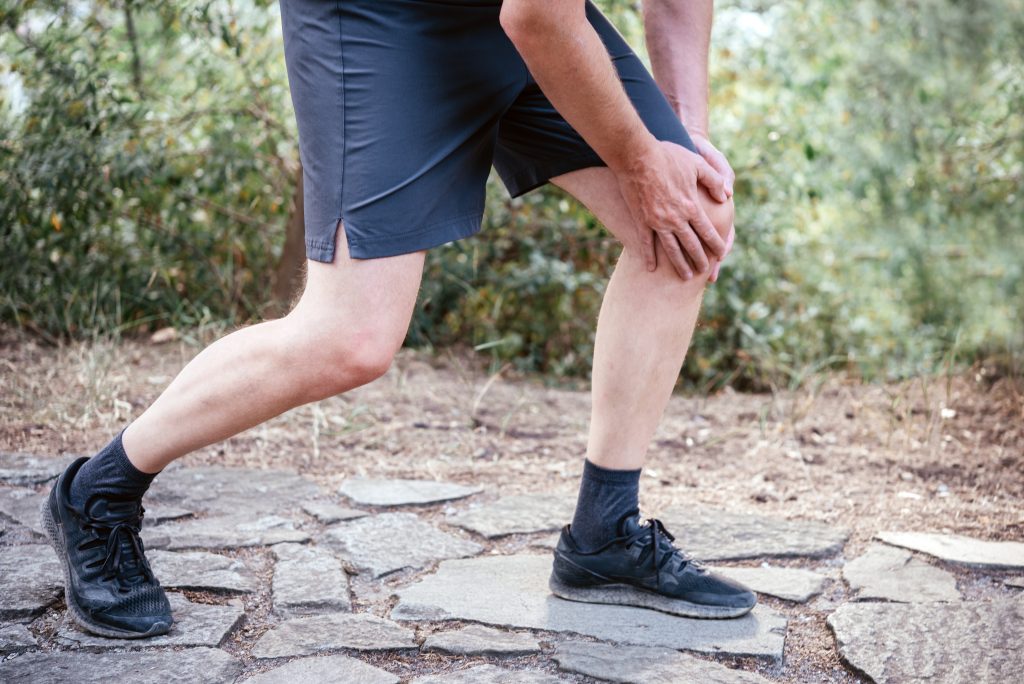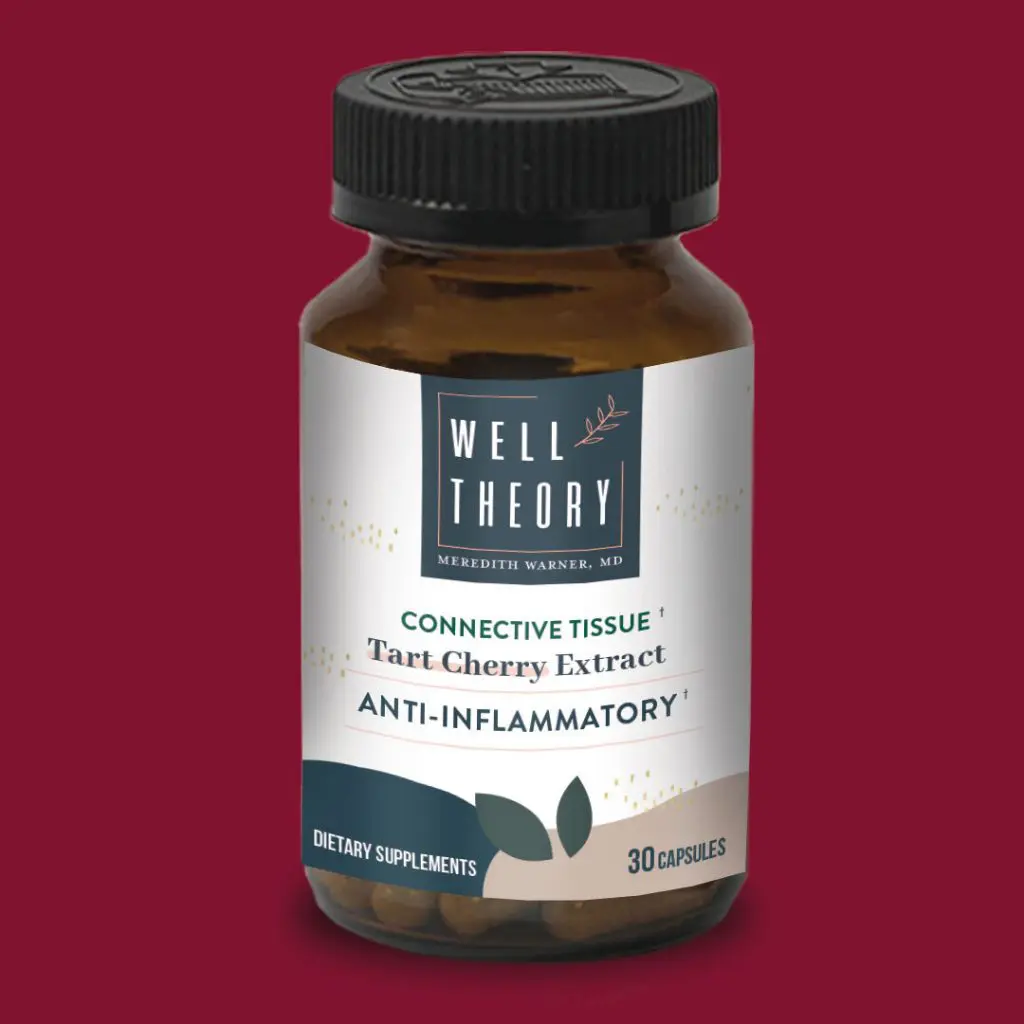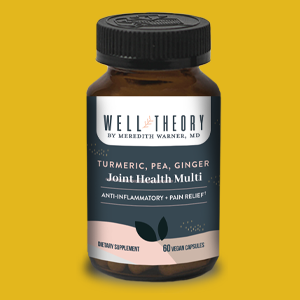Is It Tendinitis? Look For These Symptoms

You may be familiar with typical soreness associated with exercise. But what if it’s not typical, or what if the pain is focused around your joint? You may wonder if it’s tendinitis, and if that’s the case, you’ll want a true understanding of tendinitis and what it means for you.
What Is tendinitis?
It’s important to note that tendinitis is one of many potential sources of joint pain. You’ll want to rule out any other possibilities and possibly visit your doctor if pain persists.
So – what is tendinitis?
Tendinitis is technically defined as an inflammation of a tendon. Tendons are thick cords of connective tissue that secure your muscle to your bone. This is a pretty common condition and can occur at any joint. However, it more commonly occurs at joints that get a lot of use particularly during sports or physical labor. Tendons are formed of collagen that doesn’t turn over or renew itself very often and is subject to any issues that would manifest over time.
Tendinitis can be caused by overuse, but also misuse of the tendon. More likely, tendinitis is caused by lifestyle and diet. If your tendon experiences an acute and actual strain or injury, then your body will typically react by sending an inflammatory response to the damaged area. While this response is natural, it can also be painful especially over longer periods of time.
As a result of this inflammation, you may experience:
- Tenderness to the affected area
- Mild swelling
- Dull pain
- Stiffness
- Dysfunction of the joint and/or muscle attached

How To Prevent tendinitis
In theory, you can prevent tendinitis by reducing your time performing repetitive motions with poor technique. For example, tendinitis in the elbow is referred to as tennis elbow, because of its prevalence with those who play tennis. That said, professional athletes will suffer from tendinitis and we know they have good technique!
If you have tendinitis, or are concerned with possibly developing tendinitis in the future, then you might consider switching up your routine and incorporating other sports or activities that don’t use that particular joint.
Before exercising, you may also want to stretch and strengthen your muscles overtime so your tendons are less susceptible to stress caused by poor muscle strength. Likewise, proper exercise in the right volume and with the right amount of force applied to tendons will actually stimulate regeneration and repair.
We’d also encourage you to check your technique. Improper technique can be a contributing factor to pain in your tendon and joints. Seek advice of a good physical therapist or massage therapist to fully understand how your tendons and connective tissues are working together.
Reduce tendinitis Inflammation
If you experience regular joint pain, you can reduce this pain and inflammation naturally with Well Theory.
One of our most popular items, Tart Cherry Extract, is a natural anti-inflammatory and antioxidant that reduces inflammation in the same way as NSAIDs. It’s a more gentle alternative without the sugars or calories associated with juice or whole fruit!
Dr. Warner often recommends pairing Tart Cherry Extract and our Joint Health Multi for powerful anti-inflammatory benefits. The Joint Health Multi features the time-tested abilities of turmeric and ginger, along with PEA to reduce pain and inflammation.
For more immediate relief, you may consider Dr. Warner’s specially formulated Pain Relief Cream. This cream features PEA, menthol, turmeric, and a special blend of essential oils for maximum pain relief.








